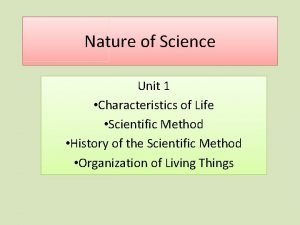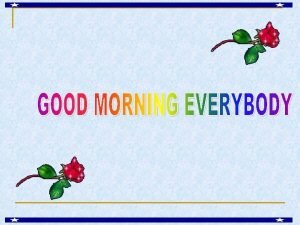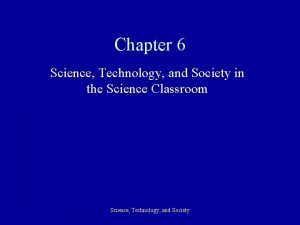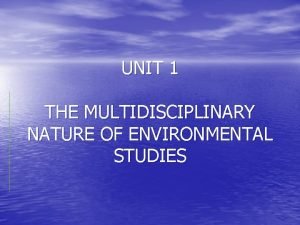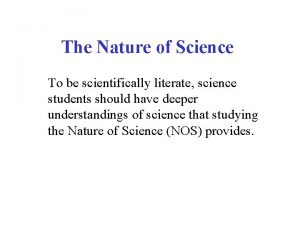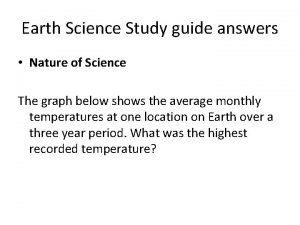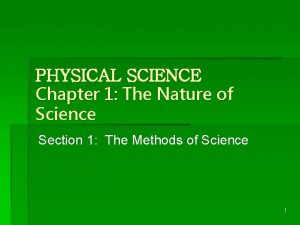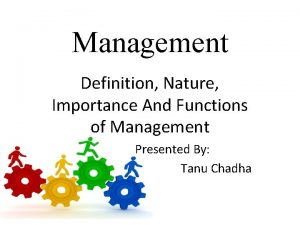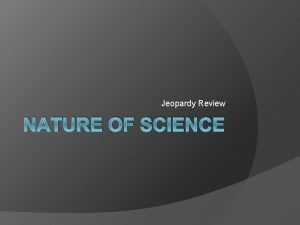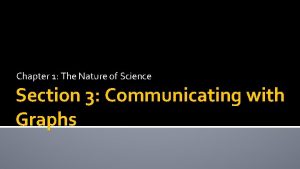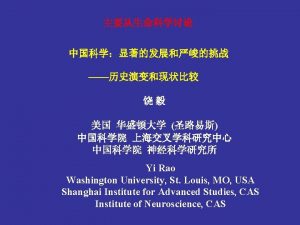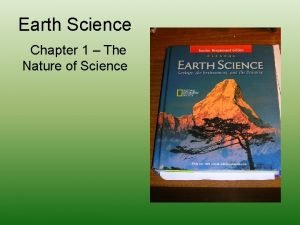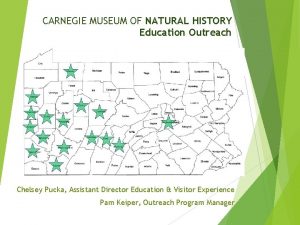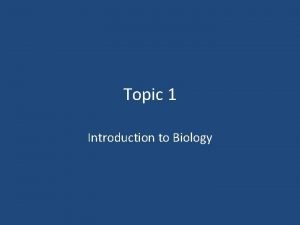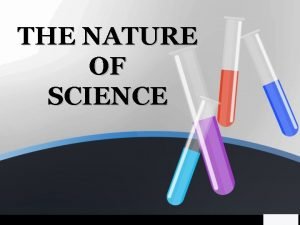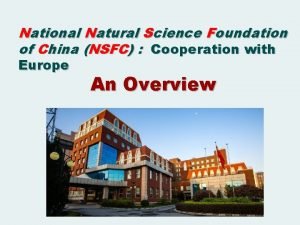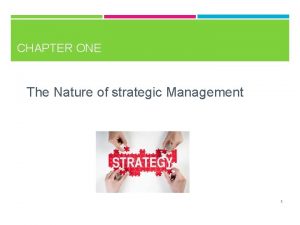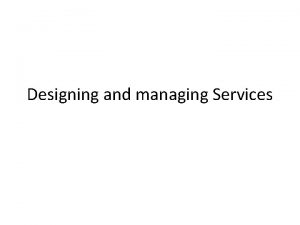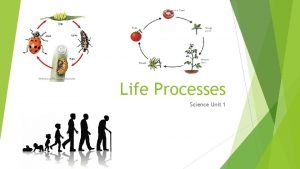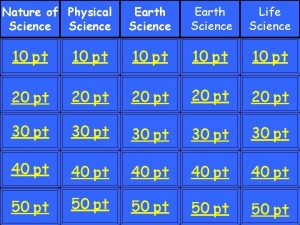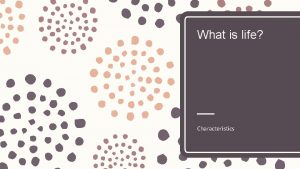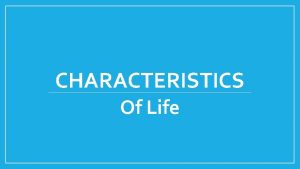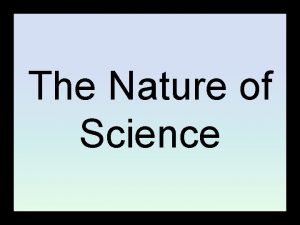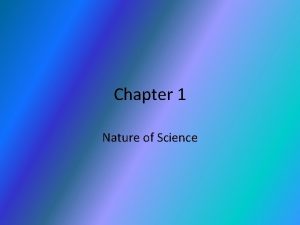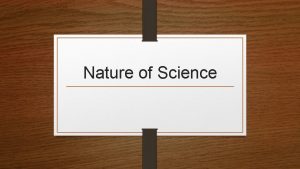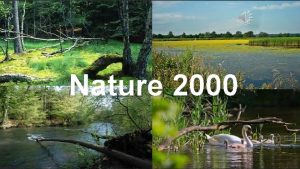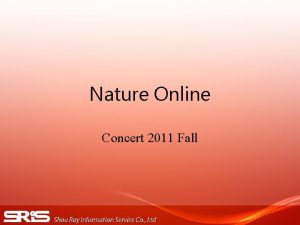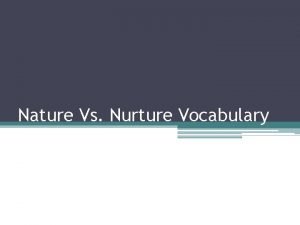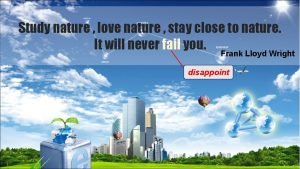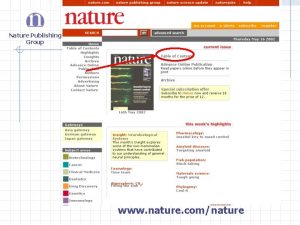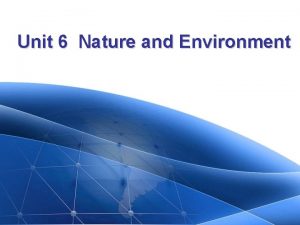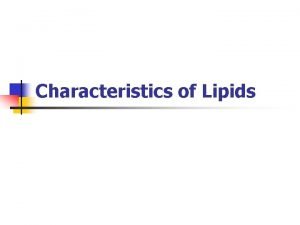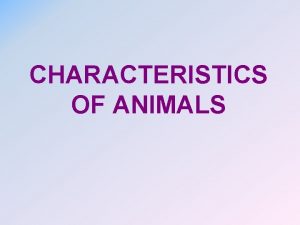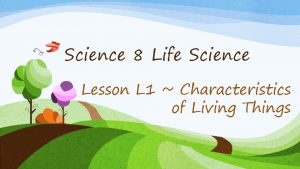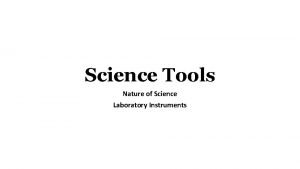Nature of Science Unit 1 Characteristics of Life



























- Slides: 27

Nature of Science Unit 1 • Characteristics of Life • Scientific Method • History of the Scientific Method • Organization of Living Things

Warm Up: What is the Nature of Science?

What is Science Observing Characteristics Of Life Explain Interpret Scientific Tools And Procedures Metric System Microscopes

What is the Nature of Science? Knowledge attained through study or practice Set of methods or processes Using observation and experimentation to describe and explain the natural world Organized way of using evidence to learn about the natural world.

Do you agree or disagree? • • Science demands evidence Science is a social activity Science is a blend of logic and imagination Scientific ideas are subject to change Scientific ideas are durable Science avoids bias The natural world is understandable

Section 1 -2 Designing an Experiment State the Problem Analyze Results Form a Hypothesis Draw a Conclusion Set Up a Controlled Experiment Publish Results Record Results


Scientific Method What is the scientific method? It is a ________ that is used to find ________ to questions about the world around us. Is there only one “scientific method”? No, there are several versions of the scientific method. Some versions have more ______, while others may have only a few. However, they all begin with the identification of a _______ or a __________ to be answered based on observations of the world around us and provide an ________ method for conducting and analyzing an experiment. What is a hypothesis? It is an ________ based on observations and your knowledge of the topic. What is data? It is _________ gathered during an experiment.

Defining the Variables • Independent Variable: what you change, this is what you control • Dependent variable: the factor in an experiment that you want to observe, the data or what you measure • Experimental Group: How will each group be different? (the group exposed to the independent variable) • Constants: the things that stay the same for all the experimental groups • Control Group: the group that you compare to – No treatment – Experimenter Selected group

Scientific Method _____ What do you want to know or explain? Use observations you have made to write a question that addresses the problem or topic you want to investigate. ___________ What do you think will happen? Predict the answer to your question or the outcome of the experiment. ________ How will you test your hypothesis? Develop a procedure for a reliable experiment and address safety rules.

__________________ Follow the steps in your procedure to perform your experiment. Record data and observations! ___________________________ Is the data reliable? Does your data and observations from the experiment support your hypothesis? _______________ Write a conclusion that summarizes the important parts of your experiment and the results.

Perform an Experiment Follow the steps in your procedure to perform your experiment. Record data and observations Analyze the Data Is the data reliable? Does your data and observations from the experiment support your hypothesis? ____________________ Is your data inaccurate or the experiment flawed? __________ Rewrite your procedure to address the flaws in the original experiment. Communicate the Results Write a conclusion that summarizes the important parts of your experiment and the results.

Experimental Design Template Problem Statement: (Stated as a testable question) Hypothesis: (If. . Then statement describing the effect that changing the independent variable has on the dependent variable) Independent Variable (IV): Dependent Variable (DV): Constants: Controls: Experimenter selected control:

Graphing

Living vs. Non -Living Prior to the 1600's many people believed that nonliving things could spontaneously turn into living things. For example, it was believed that piles of straw could turn into mice. That is obviously not the case.

Redi’s Experiment on Spontaneous Generation OBSERVATIONS: Flies land on meat that is left uncovered. Later, maggots appear on the meat. HYPOTHESIS: Flies produce maggots. PROCEDURE Uncovered jars Controlled Variables: jars, type of meat, location, temperature, time Covered jars Several days pass Manipulated Variables: gauze covering that keeps flies away from meat Responding Variable: whether maggots Maggots appear No maggots appear CONCLUSION: Maggots form only when flies come in contact with meat. Spontaneous generation of maggots did not occur.

Needham • Looked at growth in broth. • Did not believe Redi’s experiment. • Tried to prove that spontaneous generation could occur under the right conditions. • Assumption: heating the gravy killed all the microorganisms

Spallanzani’s Experiment Hypothesis? Gravy is boiled. Flask is open. Gravy is teeming with microorganisms. Gravy is boiled. Flask is sealed. Gravy is free of microorganisms. Independent Variable? Dependent Variable? Controls?

Pasteur’s Experiment of Spontaneous Generation Broth is boiled. Broth is free of microorganisms for a year. Curved neck is removed. Broth is teeming with microorganisms.

Pasteur Why did microorganisms grow after Pasteur broke the neck of the flask? Biogenesis (generating from life) All Living things come from other living things!

Theory: a well tested explanation that unifies a broad range of observations • Can a Theory change over time? Yes, as new evidence is uncovered, a theory may be revised or replaced Scientific Theory vs. Scientific Hypothesis

Scientific Laws -generalizations derived from facts • Scientific knowledge is based on observation and inference. • Scientific laws describe what happens, but not how. • Scientific laws are not meant to be absolutely true for every circumstance. • Scientific laws may change with new evidence.

Characteristics of Living Things Characteristic Examples Living things are made up of units called CELLS. Living things reproduce. Living things obtain and use materials and energy. Many microorganisms consist of only a single cell (unicellular). Animals and trees are multicellular. Maple trees reproduce sexually. A hydra can reproduce asexually by budding. Flies produce flies. Dogs produce dogs. Seeds from maple trees produce maple trees. Butterflies begin life as eggs, then become caterpillars, and then become adult butterflies. Plants obtain their energy from sunlight. Animals obtain their energy from the food they eat. Living things respond to their environment. Leaves and stems of plants grow toward light. Living things maintain a stable internal environment. Despite changes in the temperature of the environment, a robin maintains a constant body temperature. Taken as a group, living things change over time. Plants that live in the desert survive because they have become adapted to the conditions of the desert. Living things are based on a universal genetic code. Living things grow and develop.

Levels of Organization Biosphere The part of Earth that contains all ecosystems Biosphere Ecosystem Community and its nonliving surroundings Hawk, snake, bison, prairie dog, grass, stream, rocks, air Community Populations that live together in a defined area Hawk, snake, bison, prairie dog, grass Population Group of organisms of one type that live in the same area Bison herd

Organism Individual living thing Bison Tissues, organs, Groups of and organ Cells systems Brain Nervous tissue Cells Nervous system Smallest functional unit of life Nerve cell Groups of atoms; smallest unit of Molecules most chemical compounds Water DNA


Designing an Experiment State the Problem Analyze Results Form a Hypothesis Draw a Conclusion Set Up a Controlled Experiment Publish Results Record Results
 Nature of life science
Nature of life science What is her favourite subject
What is her favourite subject Unit 8 country life and city life
Unit 8 country life and city life Nature and nature's law lay hid in night
Nature and nature's law lay hid in night Determinace lidské psychiky
Determinace lidské psychiky Unit 6 review questions
Unit 6 review questions Nature of science notes
Nature of science notes Science, technology and society module answer key
Science, technology and society module answer key Scope of multidisciplinary nature of environmental studies
Scope of multidisciplinary nature of environmental studies Nature of science
Nature of science Nature of science study guide answer key
Nature of science study guide answer key Nature of science chapter 1
Nature of science chapter 1 Nature of management science
Nature of management science Nature of science jeopardy
Nature of science jeopardy The nature of science communicating with graphs
The nature of science communicating with graphs Cell nature science
Cell nature science Chapter 1 the nature of science study guide answers
Chapter 1 the nature of science study guide answers Science and nature museum
Science and nature museum Ib biology nature of science notes
Ib biology nature of science notes Science meets nature
Science meets nature Nsfc
Nsfc Strategic management chapter 1
Strategic management chapter 1 Designing and managing services in marketing
Designing and managing services in marketing Nature morte (still life)
Nature morte (still life) Unit 5 wonders of nature week 1
Unit 5 wonders of nature week 1 Social science vs natural science
Social science vs natural science Branches of science diagram
Branches of science diagram Natural science vs physical science
Natural science vs physical science
